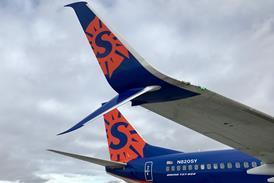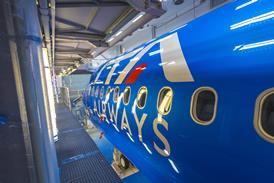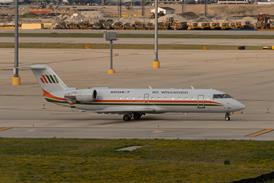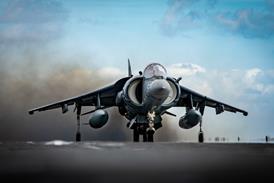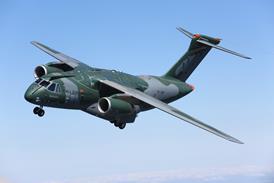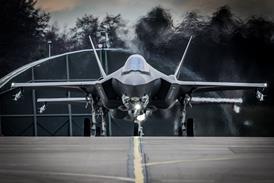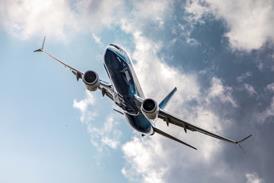PAUL LEWIS / WASHINGTON DC
Brazilan manufacturer is to add new variant and rebrand existing models to compete with Airbus and Boeing
Embraer has unveiled plans to further expand its family of 70-to 108-seat passenger aircraft with an additional variant dubbed the Embraer 175, while rebranding its existing models by dropping the company's regional jet prefix ERJ, starting with the newly rolled out baseline 170 model launched by Crossair as the ERJ-170, and due to enter service late next year.
The 175, formerly designated the ERJ-170-200, represents an incremental 1.77m (5.83ft) stretch of the 29.9m long 170, incorporating two fuselage plugs and allowing for up to two additional four-abreast seat rows. The aircraft will be able to accommodate either 86 seats in a 31in (79cm) pitch, or 78 seats in a 32in layout, compared to the 170's respective 76-seat or 70-seat cabin configuration.

No launch customer has been announced for the 175, but the aircraft is believed to be aimed at prospective new customers like British Airways and Qantas, seeking the option of a two-class cabin. Some industry observers felt the baseline aircraft was at a competitive disadvantage to the rival slightly larger Fairchild 728JET, which can be configured for 75 seats at 33in pitch in a five-abreast coach class layout, or with a four-abreast business class.
The aircraft's maximum take-off weight in the case of the long range version has been increased by 650kg (1,400lb), but with no increase in either wing span or fuel capacity over the 170, the penalty is over 740km (400nm) shorter maximum range - 2,405km for the standard model and 2,960km for the long range version. Embraer plans to deliver the first 175 in July 2004, leapfrogging the stretch 195, formerly the ERJ-190-200.
The 108-seat 195 is not now due for deliveries to Crossair before December 2004, while the shorter 94-seat 190 (originally the ERJ-190-100) still does not have a launch order and has been pushed back to the end of 2005. The change in designation will distance the aircraft from the traditional concept of a regional jet and help position it particularly larger versions, with national and mainline carriers as an alternative to the Airbus A318 or Boeing 717.
Source: Flight International

